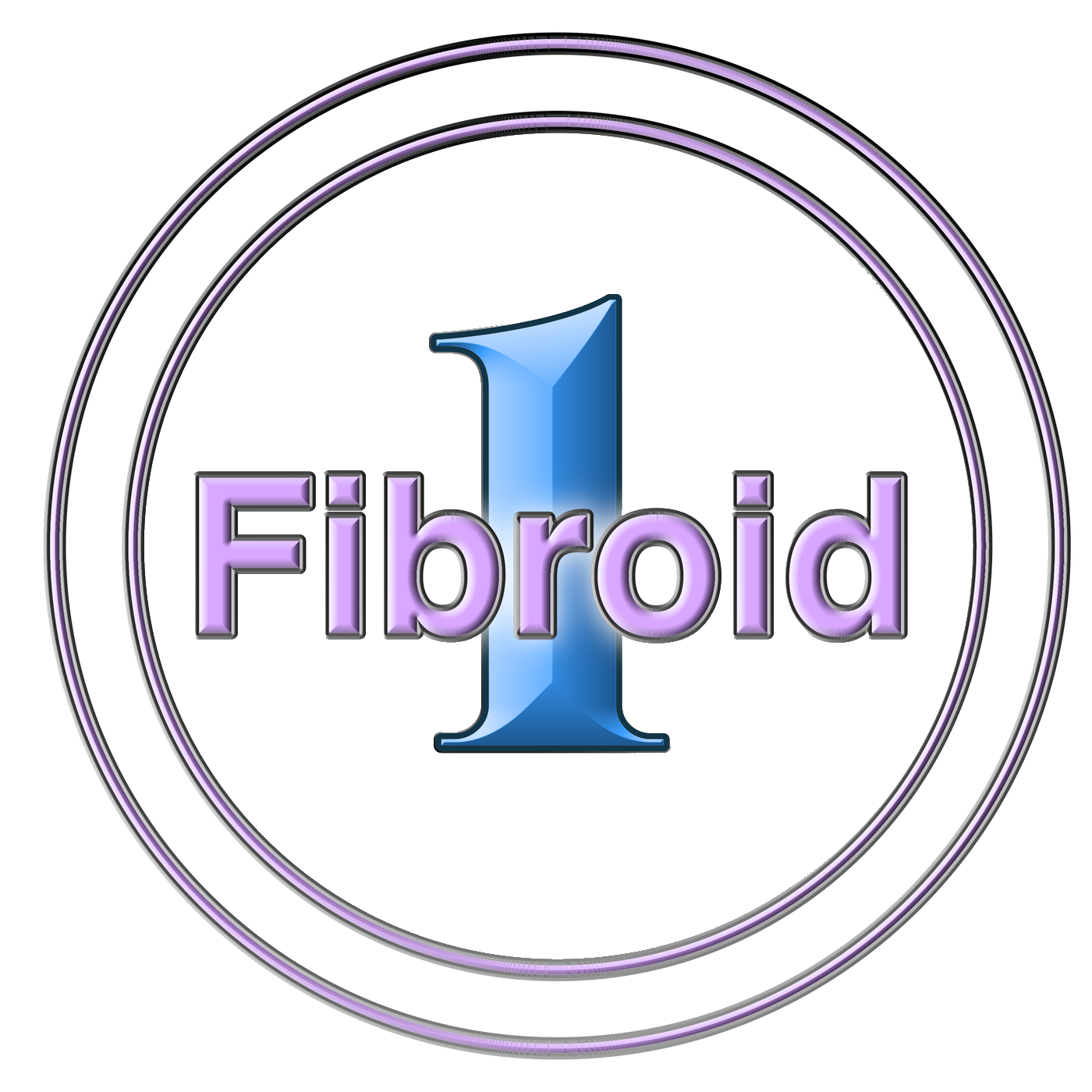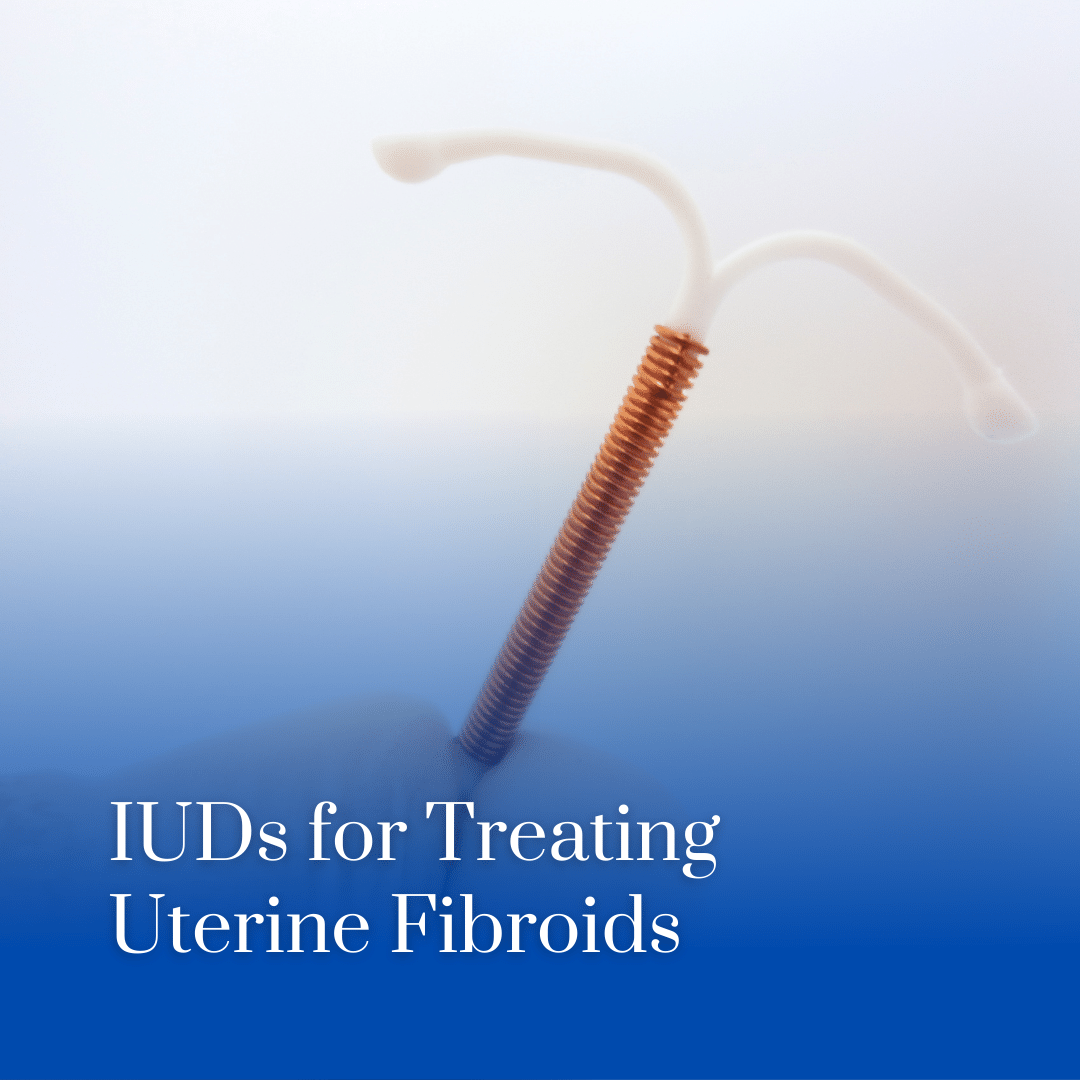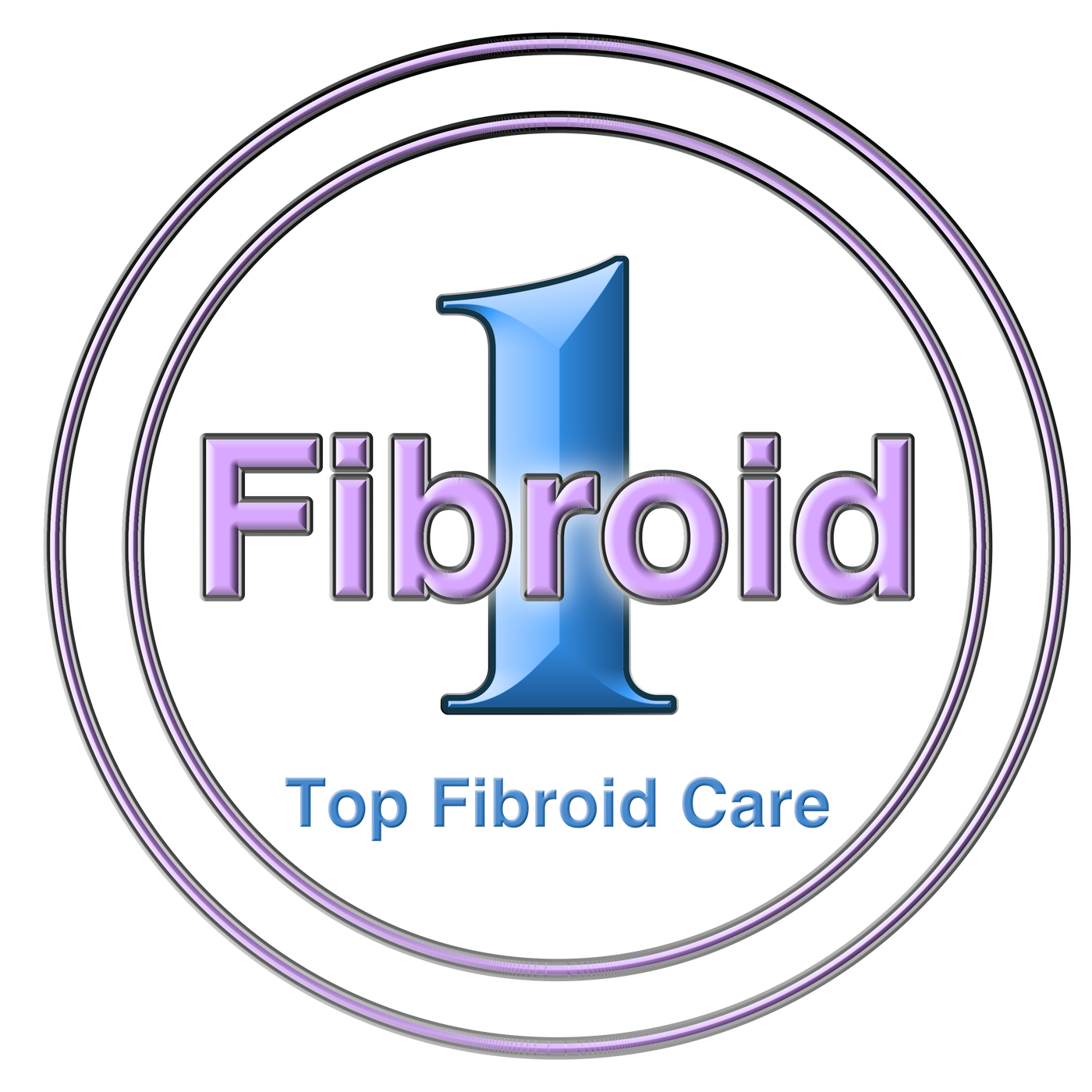If you’re one of the millions of women living with uterine fibroids, you may be looking for a minimally-invasive way to treat them. Have you considered using an IUD? Intrauterine devices are becoming an increasingly popular treatment option for fibroids, and for good reason. They are safe, effective, and have very few side effects. In this blog post, we will discuss how IUDs can be used to treat uterine fibroids. We’ll also take a look at the different types of IUDs available and who is an ideal candidate for this type of treatment. Finally, we’ll answer some common questions about using IUDs as a treatment for fibroids.
What are IUDs?
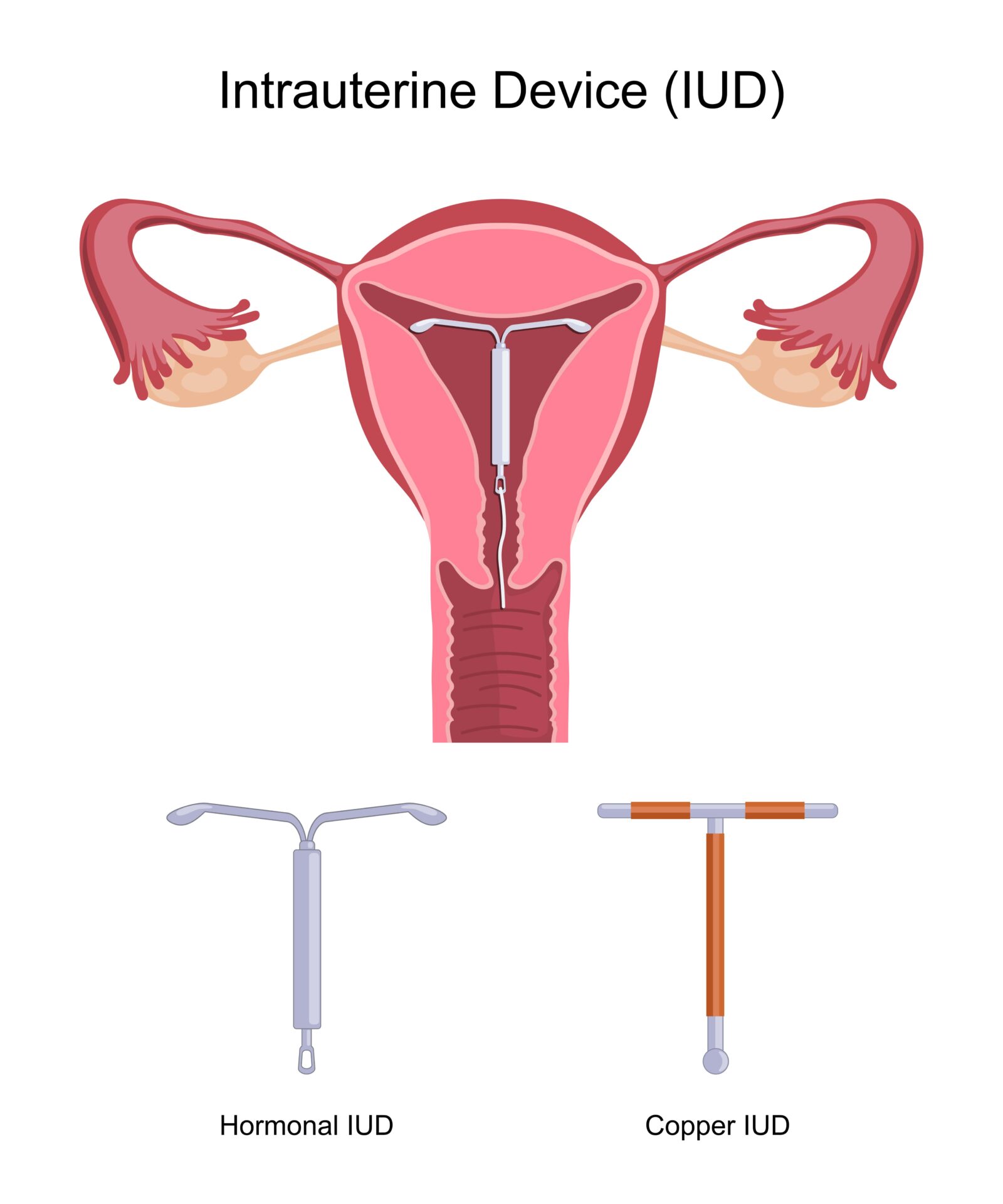
Intrauterine devices, simply called IUDs, are small, T-shaped devices that are placed inside the uterus. There are two types of IUDs available: hormonal and non-hormonal.
- Hormonal IUDs (Mirena, Kyleena, Liletta, Skyla) release a small amount of progesterone into the uterus, which thins the uterine lining, thickens cervical mucus, and partially suppresses ovulation to prevent pregnancy. This helps relieve fibroid symptoms like heavy bleeding, long periods, and pain.
- Non-hormonal IUDs (Paragard) work by using copper to create an inflammatory reaction in the uterus that makes it a toxic environment for sperm. While effective and preventing pregnancy, non-hormonal IUDs don’t usually improve fibroid symptoms.
It is important to note that IUDs cannot reduce the size of fibroids, nor can they eliminate fibroids altogether. Additionally, IUDs cannot prevent your fibroids from continuing to grow. This form of treatment is primarily used to help manage the symptoms associated with fibroids, such as heavy bleeding, long periods, painful cramps, and anemia-related symptoms. For a permanent solution to uterine fibroids, treatments such as uterine fibroid embolization (UFE) are necessary.
Who is an ideal candidate for IUD treatment?
Women who have small to medium sized fibroids are generally good candidates for this type of treatment. IUDs are also a good option for women who cannot take or do not want to take oral contraceptives.
However, if you have large fibroids or fibroids that distort your inner uterus, you may not be a good candidate for IUD treatment. This is because large fibroids may affect how the device is placed and they also increase the risk of IUD expulsion. IUD expulsion is when the IUD device is unintentionally expelled from the uterus. This can happen for a number of reasons, including incorrect placement of the IUD, uterine fibroids, and pregnancy.
FAQs Regarding IUDs and Uterine Fibroids:
Are there any risks involved?
There are some risks associated with IUDs, but they are rare. These risks include expulsion of the IUD, perforation of the uterus, and infection. However, these risks are generally low and can be mitigated by working with an experienced physician.
How long does treatment take?
IUD placement is a quick, in-office procedure that takes about 15 minutes to complete. After the IUD is placed, you can expect to experience some cramping and spotting for a few days. Once your body adjusts to the IUD, your symptoms should improve within a few months.
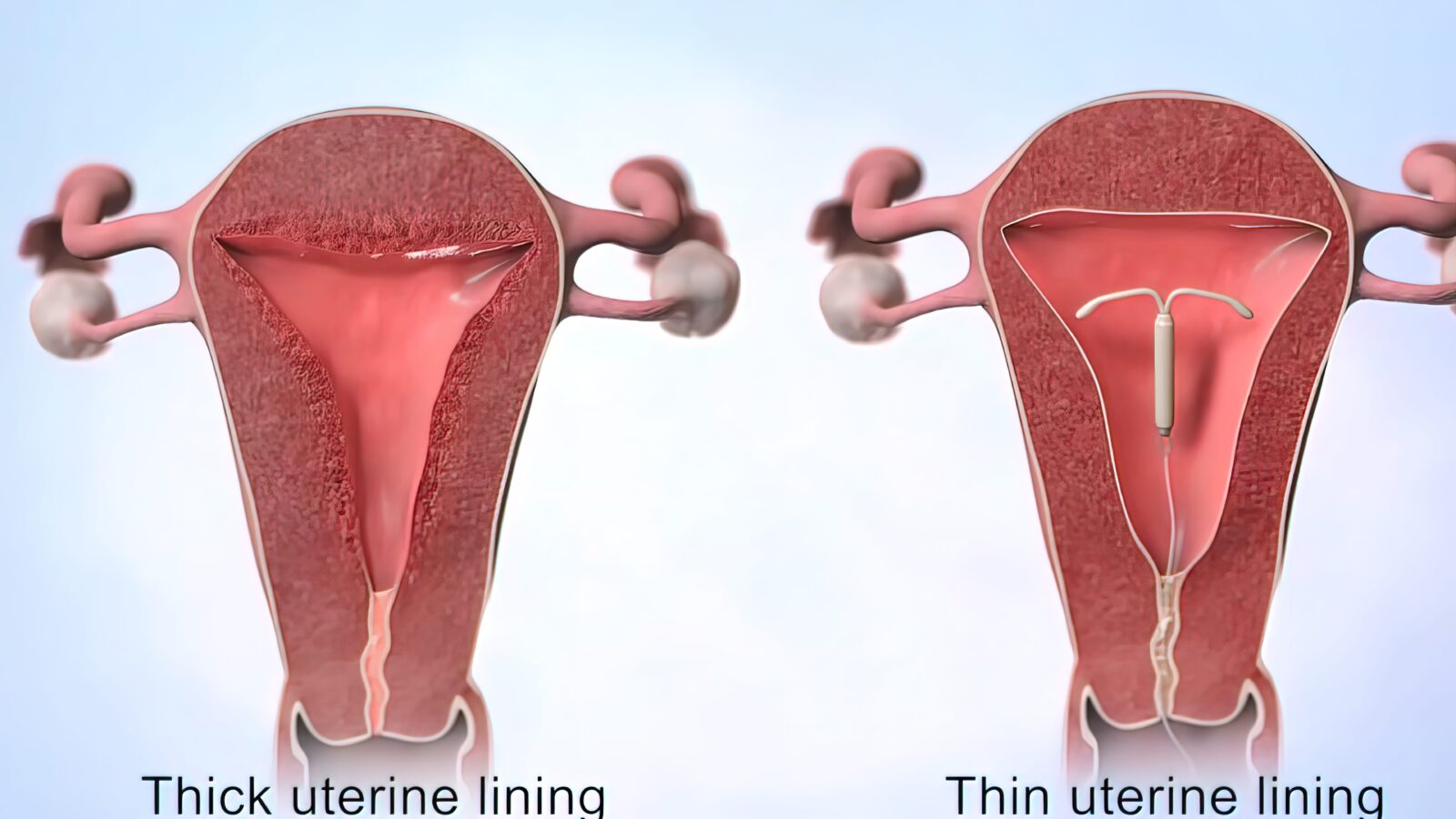
How long does the IUD last?
Hormonal IUDs can last for up to five years, while non-hormonal IUDs can last for up to ten years. After that, the IUD must be removed and replaced with a new one if you want to continue using this form of treatment.
What are the side effects?
The most common side effect associated with IUDs is irregular bleeding. This usually goes away after a few months, but can last the entire duration of the IUD. Other potential side effects include heavier periods, breast tenderness, mood swings, and headaches. However, these side effects are rare and generally mild.
What is involved with uterine fibroid embolization and how does this compare to IUD treatment?
Uterine fibroid embolization (UFE) is a minimally-invasive procedure that involves cutting off the blood supply to the fibroids. This causes the fibroids to shrink and die. UFE is generally considered to be a permanent solution for shrinking or eliminating uterine fibroids, while IUD treatment is considered to be a temporary solution that only manages symptoms. Additionally, UFE can be used to treat large fibroids, while IUDs are generally only effective for small to medium sized fibroids.
In Conclusion
In this blog post, we’ve discussed how IUDs can be used to treat the symptoms of uterine fibroids. We’ve also looked at the different types of IUDs available and who is an ideal candidate for this type of treatment. Finally, we’ve answered some common questions about using IUDs as a treatment for fibroids. If you’re considering IUD treatment for your uterine fibroids, it’s important to consult with a physician to see if you are an ideal candidate. While IUDs are a safe and effective treatment option for many women, they may not be the best option for everyone.
